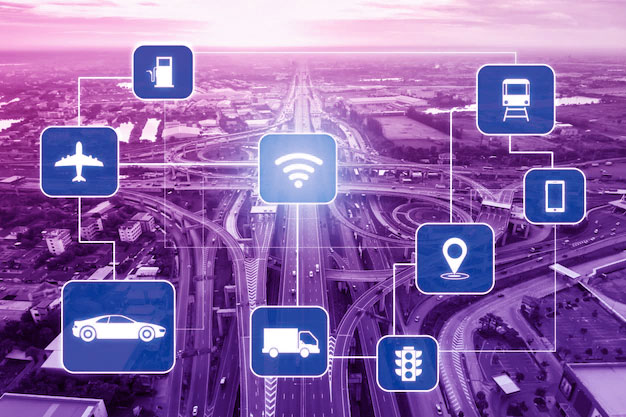In the intricate web of global commerce, the transportation of goods stands as a critical pillar that supports economic growth and development. As businesses expand their reach across borders, understanding the most utilized modes of transportation for goods becomes essential. This article delves into the various transportation methods, highlighting their significance, advantages, and the factors influencing their usage in the contemporary logistics landscape.
The Transportation Spectrum: An Overview
Transportation for goods can be broadly categorized into four primary modes: road, rail, air, and maritime. Each mode has its unique characteristics, operational efficiencies, and suitability for different types of cargo.
- Road Transportation:
Road transport is often the most flexible and widely used method for short to medium distances. It accounts for a significant portion of freight movement, particularly in regions with well-developed road networks. The advantages of road transportation include:
- Accessibility: Trucks can reach remote areas that other modes cannot, providing door-to-door service.
- Speed: For shorter distances, road transport can be faster than other modes, especially when considering the time taken for loading and unloading.
- Cost-Effectiveness: For smaller shipments, road transport can be more economical compared to rail or air. However, road transport is not without its challenges, including traffic congestion, regulatory hurdles, and environmental concerns.
- Rail Transportation:
Rail transport is a vital component of the freight transportation ecosystem, particularly for bulk goods and long-distance shipments. Its advantages include:
- Capacity: Trains can carry large volumes of goods, making them ideal for transporting heavy or bulk commodities such as coal, grain, and minerals.
- Energy Efficiency: Rail transport is generally more fuel-efficient than road transport, resulting in lower greenhouse gas emissions per ton-mile.
- Reliability: Rail schedules are often more predictable than road transport, which can be affected by traffic conditions. Despite these benefits, rail transport is limited by its infrastructure and the need for intermodal connections to reach final destinations.
- Air Transportation:
Air freight is the fastest mode of transportation, making it indispensable for high-value, time-sensitive goods. Its key advantages include:
- Speed: Air transport significantly reduces transit times, making it ideal for perishable goods, electronics, and urgent shipments.
- Global Reach: Air cargo services connect remote regions and facilitate international trade.
- Security: Air freight is often perceived as more secure, reducing the risk of theft or damage. However, the high cost of air transport and capacity limitations can restrict its use to specific types of cargo.
- Maritime Transportation:
Maritime transport is the backbone of international trade, accounting for over 80% of global merchandise trade by volume. Its advantages include:
- Cost Efficiency: Shipping by sea is often the most economical option for large volumes of goods, especially over long distances.
- Capacity: Container ships can carry thousands of containers, making maritime transport suitable for a wide range of products.
- Environmental Impact: While maritime transport does have a carbon footprint, it is generally more environmentally friendly than road or air transport when measured per ton-mile. However, maritime transport can be slow, and delays due to weather or port congestion can impact supply chains.
Factors Influencing Transportation Choices
The choice of transportation mode is influenced by several factors, including:
- Nature of the Goods: Perishable items may necessitate air transport, while bulk commodities are often best suited for rail or maritime transport.
- Distance: Shorter distances may favor road transport, while longer distances often see a preference for rail or maritime options.
- Cost Considerations: Businesses must weigh the cost against the urgency and nature of the goods when selecting a transportation mode.
- Infrastructure: The availability and quality of transportation infrastructure can significantly impact the choice of mode.
The Future of Freight Transportation
As global trade continues to evolve, so too will the methods of transporting goods. Innovations in technology, such as autonomous vehicles, drones, and blockchain for supply chain transparency, are poised to reshape the logistics landscape. Additionally, sustainability concerns are driving the industry towards greener practices, with a focus on reducing emissions and enhancing energy efficiency across all modes of transportation.
Conclusion
In conclusion, the most used transportation for goods is a multifaceted topic that encompasses various modes, each with its strengths and weaknesses. Understanding these dynamics is crucial for businesses looking to optimize their supply chains and enhance their competitive edge in the global marketplace. As we move forward, the integration of technology and sustainable practices will play a pivotal role in shaping the future of freight transportation, ensuring that it meets the demands of an ever-changing world.

